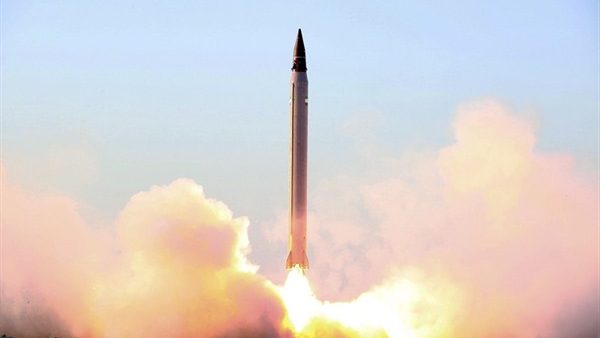While Iran’s nuclear program has topped the headlines in recent years, its missile program has mostly remained off the radar, with the exception of discussions of a potential Iranian intercontinental ballistic missile (ICBM), which could be used against the continental United States. Iran’s missile program, however, is relatively transparent, so it is remarkable that notable improvements in the range, accuracy and lethality of its arsenal have received far less attention than its nuclear ambitions, especially as these developments signal the missions Iran has in mind for its missiles. In particular, they suggest that unlike North Korea, Iran is in no rush to build an ICBM. Instead, it wants more capable missiles for use against Israel and the Gulf Arab states.
Although Iran has long possessed a large number of missiles, the majority of them are too inaccurate for use against specific military targets. As a result, most analysts have looked at them as “terror weapons” best used against large, dense urban areas where accuracy is effectively irrelevant. Such a view also inferred that Iran’s missile force was oriented toward deterrence, with the missiles being Iran’s best tool for projecting coercive power from its borders.
But in recent years, Iran has unveiled missiles that strongly indicate a far broader set of uses, mainly the targeting of specific military facilities—thanks to increased accuracy. In 2012, Iran rolled out the fourth generation of its Fateh-110 ballistic missile. While the first Fateh had entered service around 2002, Iran evidently considered its range and accuracy insufficient for attacking military targets. The fourth-generation Fateh reportedly has a range of 185 miles and, under optimal conditions, can strike within 325 feet of a given target. Having attained a desirable level of accuracy, Iran turned its attention to missiles that incorporate terminal guidance and steering to further increase accuracy. While it isn’t known how effective that effort has been, it has spawned at least two more variants of the Fateh. The first, the Khaleej Fars, is an anti-ship ballistic missile. The second, the Hormuz-1, is reportedly capable of homing in on air defense radars.

